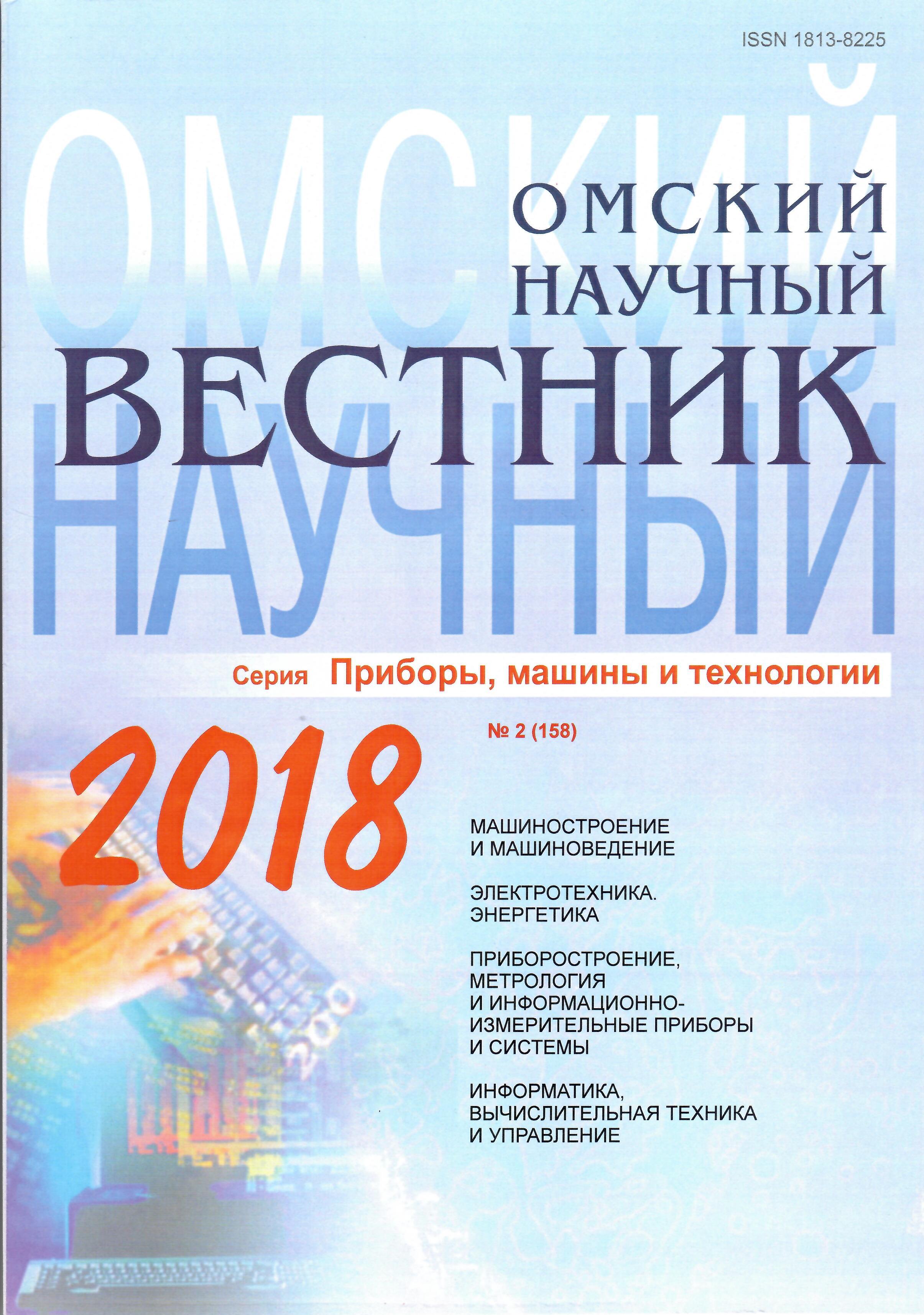Visualization and research methodology of three-dimensional magnetic field of suspended electromagnetic iron separator with typesetting poles and pole tips
DOI:
https://doi.org/10.25206/1813-8225-2018-158-70-74Keywords:
physical modeling, test stand, suspended electromagnetic iron separator, pole gap, pole tips, threedimensional heterogeneous magnetic field, magnetic induction, magnetic forceAbstract
The mathematical modeling of three-dimensional magnetic field of the suspended electromagnetic iron separator intended for
the separation of ferromagnetic objects from bulk non-magnetic materials presents the complicated problem for developers of
the magnetic systems of iron separators, because without the acceptance of considerable simplifying assumptions it cannot
be taken to the calculation of plane-parallel magnetic field in a piecewise homogeneous medium. The magnetic field of iron separator differs in sharp heterogeneity in a pole gap and under pole tips. The modeling of such field using software packages
of FE analysis (for example, ANSYS) requires additional confirmation of reliability of results of mathematical modeling
of electromagnetic iron separator the experimental data got at their physical modeling. Based on this, the article describes a test stand and a research method of the three-dimensional magnetic field of the electromagnetic iron separator using measuring a vector-component of magnetic induction by teslameter with Hall effect sensor. Based on the processing of experimental data the visualization of the spatial distribution of the module and vector-components of magnetic induction and ponderomotive (magnetic) force in Excel are presented. Visualization results of the three-dimensional magnetic field distribution of the suspended electromagnetic iron separator taken on the test stand are compared with the calculation results of the magnetic field of the separator in Elcut 6.0 programme but allowing plane-parallel magnetic field.
Downloads
Published
How to Cite
Issue
Section
License
Non-exclusive rights to the article are transferred to the journal in full accordance with the Creative Commons License BY-NC-SA 4.0 «Attribution-NonCommercial-ShareAlike 4.0 Worldwide License (CC BY-NC-SA 4.0»)




